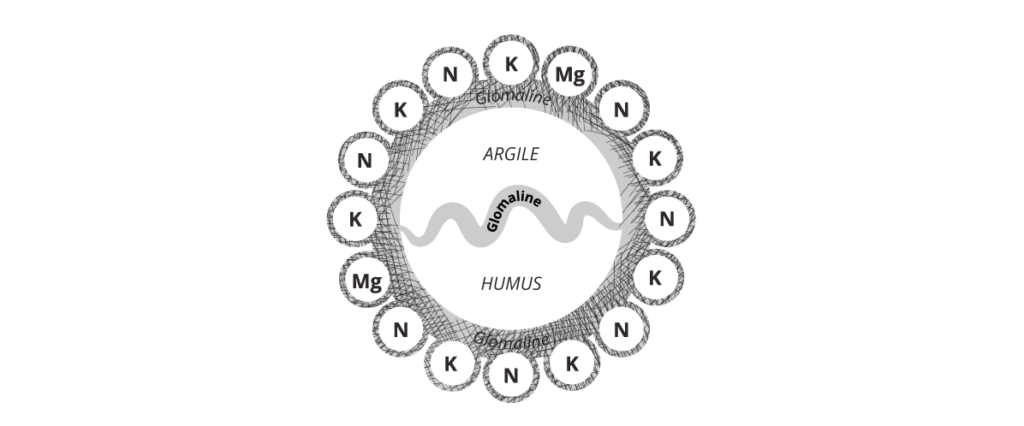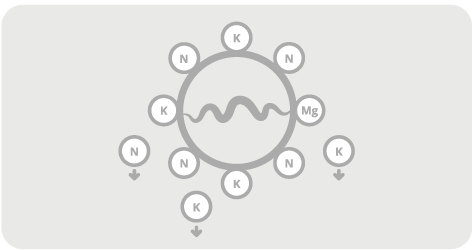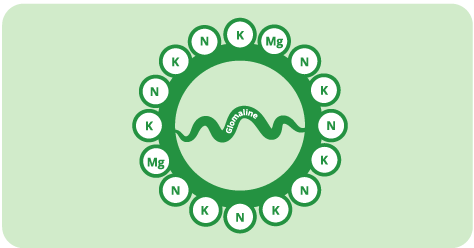Increase the storage capacity of fertilizers in the soil
We have seen that humus form on the surface of the soil and that clays form in depth. Now let’s see how these 2 elements combine to form the Clay-Humus Complex. The large earthworms of the anecic fauna swallow organic matter on the surface of the soil every night, then dig vertical galleries to collect deep clay. They then rise to the surface of the soil to deposit the contents of their digestive tract forming droppings called castings.
It is in the intestines of these earthworms that clay and humus meet to form the Clay-Humic Complex. The two elements of this complex are attached by calcium ions which have two positive charges, clay and humus being negative. To do this, earthworms have a gland called the Morren gland, which secretes an enormous amount of calcium. Some beneficial soil fungi will then secrete a humic glue called glomalin on this complex, which acts as a binder between clay and humus, essential for fixing the Clay-Humic Complex.

This is why when you put a cast in a jar of water, you notice that it does not collapse.
On the other hand, if we take soil composed of clay and separate humus, we observe a dissolved deposit at the bottom of the jar. The earthworm cast does not move because it is a perfectly stable clay-humic complex, bound by glomalin.
This clay-humic complex thus formed will allow the leachable minerals to be stored in order to be assimilated by the plants through bonds formed at the level of the outer surface of the clay layers, but also between and on their edges.
To maintain this balance, earthworms and beneficial soil microorganisms should be preserved, in particular through agronomic techniques used in conservation agriculture.

